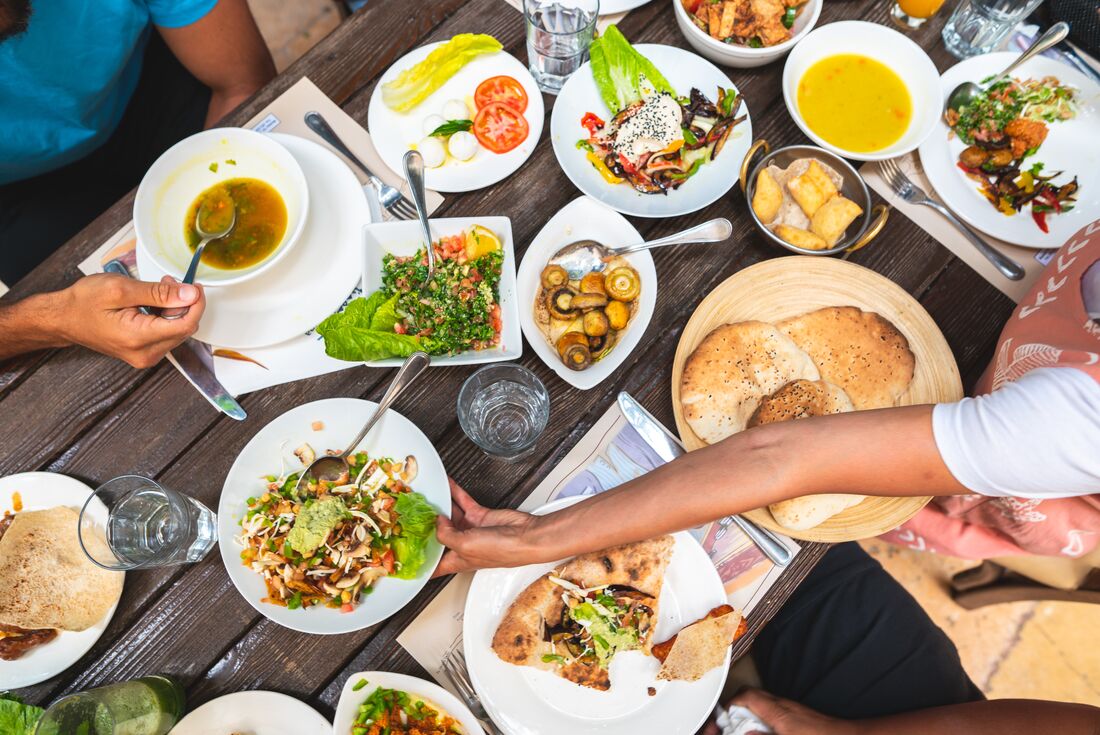Meals
13 Breakfast(s), 10 Lunch(s), 11 Dinner(s)
Transport
Minibus , Boat , Plane , Zodiac
Accommodation
Hotel (2 nights), Overnight boat (12 nights)
- Isla Santa Cruz - Highlands Visit (1.5 hours) - Dry Landing
- Isla Plaza Sur - Walk (2 hours) - Dry Landing
- Isla Santa Fe - Panga ride (45 mins)
- Isla Santa Fe - Walk (1.5 hours) - Wet Landing
- Isla Espanola - Punta Suarez - Walk (3 hours) - Dry Landing
- Isla Espanola - Bahia Gardener - Snorkel (1 hour)
- Isla Espanola - Bahia Gardener - Walk (1 hours) - Wet Landing
- Isla San Cristobal - Punta Pitt - Walk (2 hours) - Wet Landing
- Isla San Cristobal - Isla Lobos - Walk (1 hour) - Dry Landing
- Isla San Cristobal - Highlands Walk (1.5 hours) - Dry Landing
- Isla Santiago - Sullivan Bay - Walk (1.5 hours) - Dry Landing
- Isla Bartolome - Walk (1.5 hours) - Dry Landing
- Isla Bartolome - Snorkelling (1.5 hours)
- Isla Bartolome - Panga ride (30 mins)
- Isla Santiago - Puerto Egas - Walk (1.45 hours) - Wet Landing
- Isla Santiago - Puerto Egas - Snorkelling (1 hour)
- Isla Sanitago - Espumilla Beach - Panga ride or Snorkelling (45 mins)
- Isla Sanitago - Buccaneer's Cove - Panga Ride (45 mins)
- Isla Santa Cruz - Charles Darwin Research Station (1 hour) - Dry Landing
- Isla North Seymour - Walk (2 hours) - Dry Landing
- Isla North Seymour - Snorkelling (1 hours)
- Isla Mosquera - Snorkelling (1 hour)
- Isla Mosquera - Beach Walk (1.5 hours) - Wet Landing
- Isla Santa Cruz - Black Turtle Cove - Panga ride (1.5 hours)
- Isla Santa Cruz - Cerro Dragon - Walk (1.5 hours) - Dry Landing
- Isla Santa Cruz - Cerro Dragon - Snorkelling or swimming (1 hour)
- Isla Santiago - Sombrero Chino - Snorkelling (1 hour)
- Sombrero Chino - Walk and Panga ride (2 hours) - Wet Landing
- Isla Rabida - Snorkelling (1 hour)
- Isla Rabida - Walk (1.5 hours) - Wet Landing
- Isla Santa Cruz - Bachas Beach Walk (1 hour) - Wet Landing
- Isla Santa Cruz - Bachas Beach Snorkel (1 hour) - Wet Landing




















